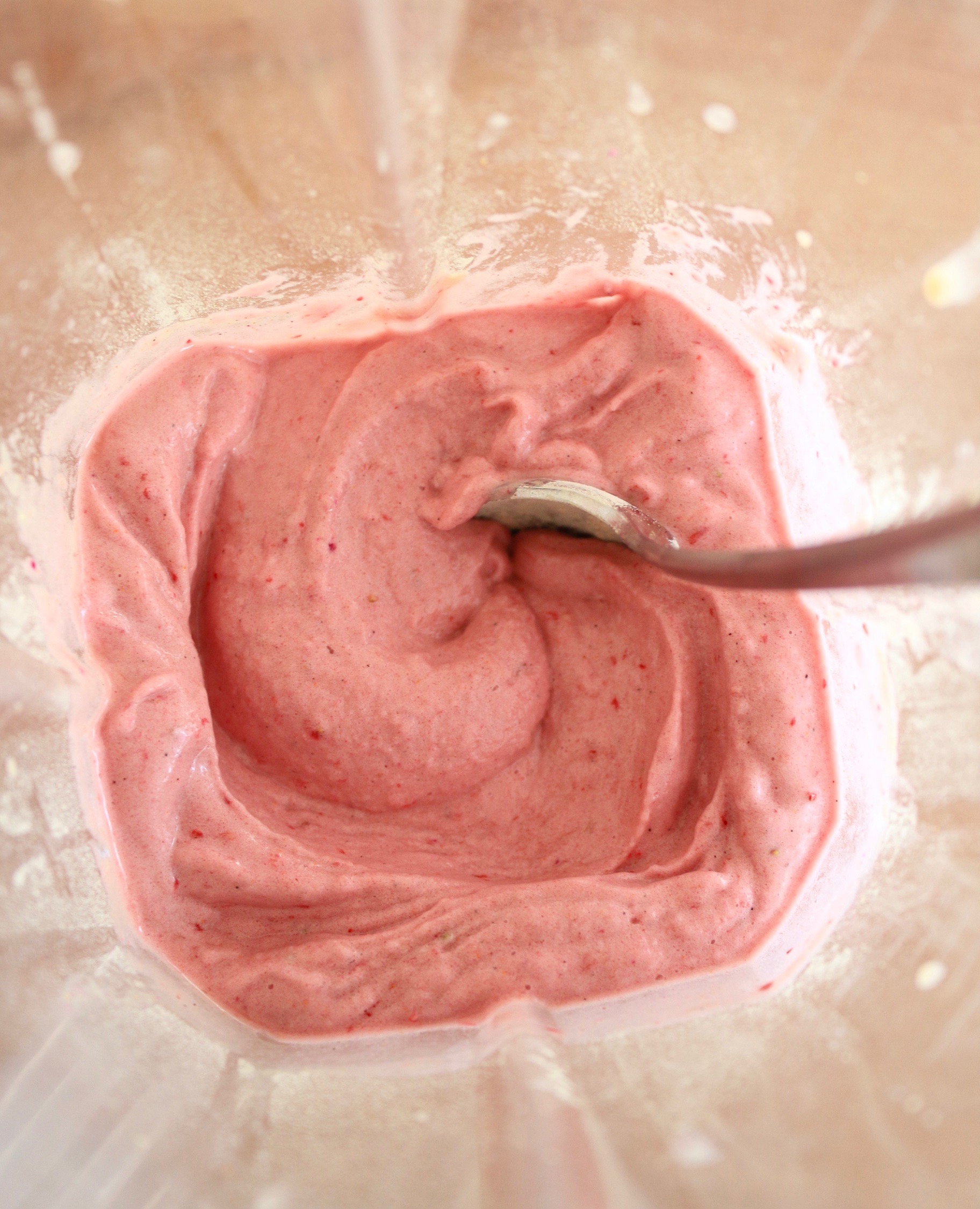Supercharging Your Nutrient Absorption
We all know the saying "you are what you eat", but in reality this isn't quite accurate. The truth is: "you are what you ABSORB".
You can be eating the most nutritious and wholesome diet in the world, but if you aren't absorbing the nutrients in your food then they won't be of any benefit to you. Now, the key to optimal nutrient absorption is good gut health, meaning that you have a healthy population of beneficial bacteria living in your gut that help breakdown your food and absorb all those the nutrients. Eating a whole foods plant based diets is one of the best things you can do for your gut bacteria, is it is high in fibre.
Fibre is a prebiotic, which acts as the fuel for the good bacteria living in your gut, and helps increase their concentration to create a happy, healthy environment in your gastrointestinal tract. Fermented foods, such as sauerkraut and kombucha, contain probiotics, which also enhance the concentration of good gut bacteria. In general, the greater variety of different whole plant foods you are eating, the better your gut health and microbiome diversity will be, and the better your nutrient absorption will be!
But there are some simple ways you can improve your nutrient absorption even more, to ensure you are getting the MOST out of the amazing foods you put into your body. I've broken them down into these 5 tips for you:
1. Food Combining
Certain nutrients help increase the absorption of others - this is called synergy! For example, including a source of vitamin C together with iron can increase iron absorption by up to 60%. And we cannot absorb the fat soluble vitamins A, D, E and K, as well as many antioxidants, without a source of fat in our food!
To maximise nutrient absorption, include a form of healthy fats, such as a sprinkle of seeds, some avocado or a drizzle of tahini with your fruit and veggie-packed meals to ensure you are truly absorbing all those nutrients (not just peeing them out again!).
Squeeze some lemon or lime juice, or add a few slices of orange, strawberry, kiwi or red bell pepper on iron-rich foods such as leafy greens, legumes and whole grains, to get the most iron out of them!
Another example of this is turmeric. The main active component of turmeric is curcumin, which is absorbed very poorly unless you include a little black pepper - which increase curcumin's bioavailability by 2000%. I think that's pretty cool!
2. Soaking and Sprouting
Another way to increase the bioavailability of nutrients in your food is by soaking your whole grains, legumes, nut and seed overnight. Soaking breaks down the naturally occurring anti-nutrients, such as phytates and lectins, in these foods (these inhibit the absorption of certain nutrients!), and activates plant enzymes which make them easier to digest and improve nutrient absorption!
You can even take it one step further and sprout them too! Personally, I usually don't sprout my grains or legumes as it is quite time consuming, however I do prefer soaking them overnight before I eat or cook them, and find it makes a big difference for my digestion too. If you'd like to give sprouting a go, I suggest you follow this simple guide here!
3. Variety
Mixing up the types of foods you eat and having a large variety of plant foods in your diet means that you are getting a wide variety of different nutrients from the different nutritional profiles and different nutrient absorption rates of these different foods. For example, instead of always eating brown rice, switch it up with other whole grains such as quinoa, millet, red rice, black rice, amaranth, teff, buckwheat...
Eating a wide variety of foods also leads to great diversity of your microbiome (as I mentioned earlier!) to help improve your digestion and absorption. Studies suggest you should be aiming to eat 40 different plant foods each week for optimal gut bacteria diversity...it might seem like a lot but when you count every different type of fruit, veggie, legume, nut and grain you eat over the course of a week, it's totally achievable - are YOU up for the challenge??
4. Chew Chew
Chewing your food properly (down to a puree!) is essential for good digestion and nutrient absorption as it breaks down the food, activates digestive enzymes and releases nutrients, ready for absorption! Not chewing your food well enough can leave certain nutrients trapped so they pass straight through your digestive tract without getting absorbed. What a waste!
Especially when digestion is compromised, blending or juicing can be also great, as it essentially "pre-digests" food for you by breaking down the cell walls to release nutrients and make them easier to absorb. Basically giving your body a break from all the hard work of digestion! Soups, smoothies, juices and purees are great, easily digestible options.
5. Mix It Up
Some nutrients are better absorbed in their raw state, while others actually have higher absorption rates once cooked! Therefore, it's best to eat a variety of both raw and cooked foods to make sure you are getting that whole range of nutrients in your diet.
For example, vitamin C (found in most fruits and veggies), alienate (found in allium vegetables, such as garlic and onion) and myrosinase (found in cruciferous vegetables, such as broccoli, cauliflower and kale) are mostly lost by heat from cooking. Lycopene (found in tomatoes) and carotenoids (found in carrots, sweet potato and pumpkin) are much better absorbed when cooked on the other hand. So mixing it up between eating your fruits and veggies raw and eating them cooked is the best way to go!
I hope you found this post helpful and informative, and that it's given you some ideas on how to get the most nutrients out of your food and get some extra #health into your day! xx






